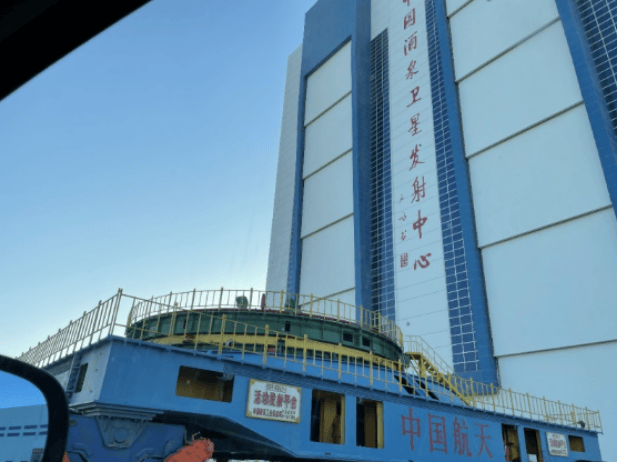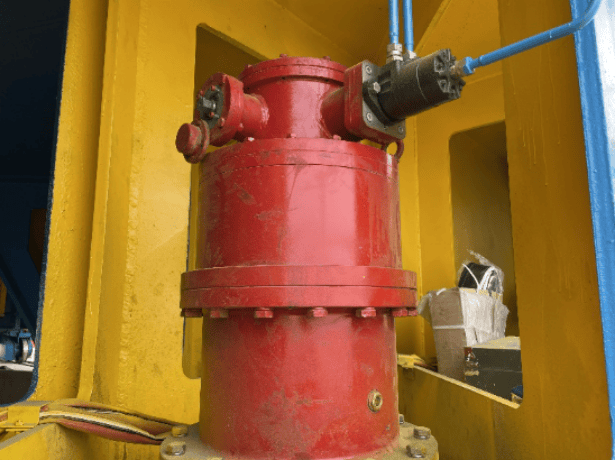Launch Pad No.2 Structural Health Monitoring at Jiuquan
Project name: Jiuquan Satellite Launch Center - Launch Pad No.2 Structural Health Monitoring System
The world-class launch facility has implemented an advanced structural health monitoring (SHM) system utilizing DE-944 dynamic signal testing equipment combined with multi-parameter sensors to ensure operational safety for critical space missions including crewed Shenzhou launches.
1. Monitoring System Configuration
| Component | Specification | Deployment |
|---|---|---|
| DE-944 Mainframe | 128-channel, 24-bit @ 128kHz | Central control cabin |
| DT1A314E Triaxial Accelerometer | ±10g range, 0.1-2000Hz | 36 units on tower structure |
| High-Temperature Strain Gauge | 120Ω, -200°C~300°C | Flame trench & load-bearing columns |
| Acoustic Emission Sensors | 50kHz-1MHz bandwidth | Near cryogenic pipe joints |
| Wireless Temperature Nodes | PT100, ±0.5°C accuracy | Hydraulic system mounts |
2. Key Monitoring Parameters
Structural Dynamics:
Natural frequency shift tracking (±0.01Hz sensitivity)
Damping ratio evolution post-launch
Vibration transmission path analysis
Environmental Effects:
Thermal gradient-induced stress (ΔT up to 250°C)
Acoustic overpressure mapping (160dB+ measurement)
Cryogenic pipeline vibration (LOX/LH2 flow induced)
3. Real-Time Diagnostic Features
Anomaly Detection:
Auto-triggered alerts when vibration exceeds 5σ thresholds
Machine learning-based crackle detection in weldments
Load History Reconstruction:
Cumulative damage calculation per launch
Remaining life prediction for critical joints
4. Engineering Value Delivered
Mission Assurance:
Prevented potential failure during Shenzhou-15 launch by detecting 0.15mm bolt loosening
Identified and rectified resonant frequency drift after 12th reuse
Maintenance Optimization:
Reduced inspection downtime by 60% through targeted diagnostics
Extended service life by 3-5 cycles via strain-based retirement criteria
System Highlights:
Survives 7.2g transient vibration during lift-off
90-day continuous operation capability in Gobi Desert conditions (-30°C~50°C)
Integrated with launch control system for automatic hold decision-making
Conclusion
The Jiuquan Launch Pad No.2 Structural Health Monitoring System demonstrates how advanced multi-parameter sensing and Dynatronic’s DE-944 equipment enhance aerospace safety. By enabling early detection of issues like bolt loosening and resonant frequency shifts, the system ensures reliable launch operations, optimizes maintenance schedules, and extends pad service life, setting a benchmark for proactive structural monitoring in extreme aerospace environments.


